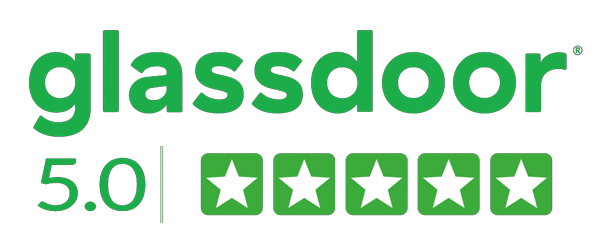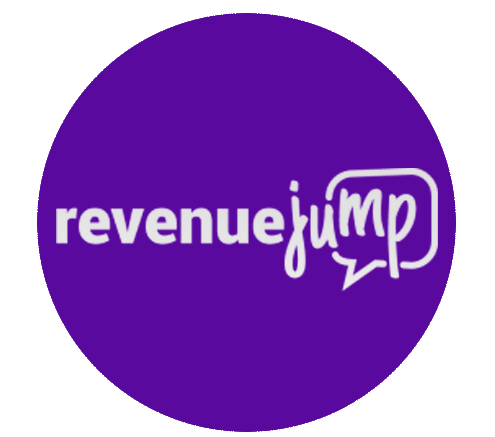Protect Your Online Reputation
When a crisis hits, the crisis wins every time. Our reputation protection services reduce reputational risk and damage. Enhance reviews and ratings, positive online content, Knowledge Panels, and more.
1.800.889.4812





Summary
Overview of Review Protection Services
Your Best Face Forward
Reputation X protects online reputation by developing and promoting positive content on Google and other search engines. We improve the visibility of existing information and strengthen it. This helps provide a digital fortress of information your brand can be proud of, and in many cases, control.
Proactive Content Management
Proactive content management is important for shaping your online presence. We ensure your best attributes are front and center by promoting positive content and utilizing effective SEO strategies. This approach not only diminishes the visibility of negative content but also enhances your digital footprint, making your online presence resilient and positive.
Digital Reputation Firewall
Building a digital firewall can mitigate future search result issues, protecting your online reputation. This preemptive reputation management strategy involves creating and promoting positive content that dominates your branded search results, making it harder for negative content to gain visibility. It’s an investment in maintaining a positive, controlled online narrative.
Case Studies, Guides and Articles
Get Your Free Reputation Protection Consultation
Schedule a time to talk with a specialist.
Schedule your free consultationReputation Protection FAQs
Here are the most frequent questions and answers about online review and ratings management services.
What is brand reputation protection?
Very fast. Improvements often begin a week after setup and almost always continue to improve over the life of the campaign.
Reputation ProtectionCan reputation be protected?
Yes, reputation can be protected to an extent. Reputation protection services work by building a robust online profile filled with positive content. This strategic foundation helps mitigate the impact of negative events, and in some cases, can completely stop them. By proactively managing and enhancing a brand’s digital presence, these services aim to safeguard and maintain a positive reputation online.
















